Diseases In Orange Trees: How To Treat A Diseased Orange Tree
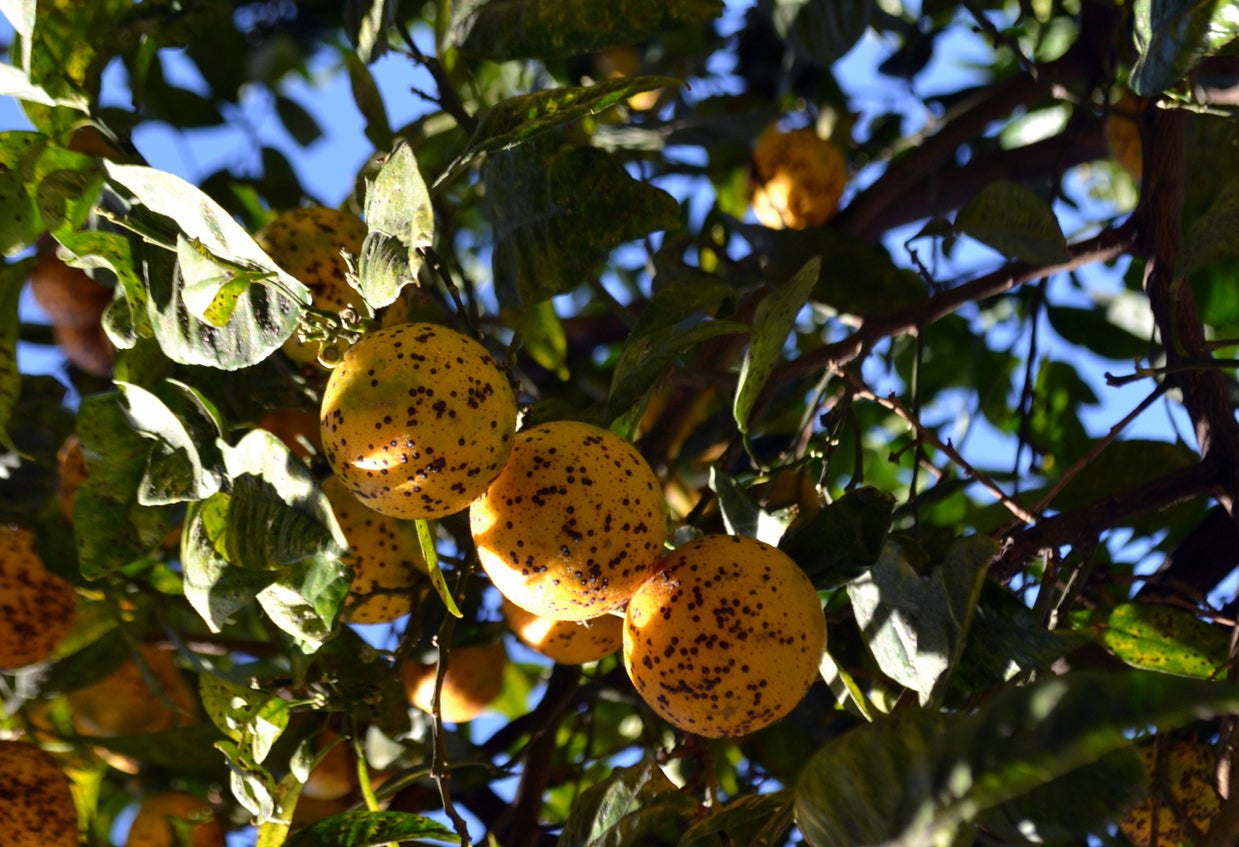

Growing oranges and other citrus can be a fun hobby for the home gardener, but it can also become derailed by disease. Make sure you know some of the main orange disease symptoms so that you can catch and manage problems early and still get a great harvest of fruit.
Diseases in Orange Trees
There are several common diseases that can impact citrus trees and that are caused by fungi, bacteria, or pests. Keep a close eye on your trees and look for the characteristic signs that you have sick orange trees. When you know the symptoms you can quickly diagnose and manage a particular disease.
- Greasy spot – Greasy spot is fungal infection that causes dark, greasy-looking spots on leaves, leaf drop, and reduced tree vigor. Fruits may have black specks.
- Citrus scab – Warty-looking scabs appear on fruit, twigs, and leaves of trees affected with scab. Look for conical growths on leaves first.
- Citrus canker – This disease affects all citrus and is caused by bacteria. Look for lesions of dead tissue on leaves, surrounded by yellow and dark brown lesions on fruit. Severe infection causes dieback, defoliation, and early fruit drop.
- Melanose – Melanose causes raised, rough brown lesions on leaves and streaking patterns on the fruit.
- Root rot – Both armillaria and phytophthora can cause citrus root rot. Above ground, look for wilting of leaves and a thin canopy for the former and yellowing leaves for the latter. In each case, look at the roots for signs of rot and disease.
- Citrus greening – Yellowing leaves can be a nutritional deficiency, but it can also be caused by the destructive citrus greening disease. Look for yellowing patterns, small upright leaves, leaf drop, and dieback. Fruits will be small and uneven with a bitter taste.
- Sooty canker or mold – Both sooty canker disease and sooty mold can lead to limb dieback. The bark peels away, revealing a sooty black fungus.
- Stubborn disease – Likely caused by a virus, there is no known control for citrus stubborn disease. It causes fruit to grow small and lopsided. Leaves are small and tree growth stunted.
Treating Orange Tree Diseases
Knowing how to treat a diseased orange tree depends on diagnosis. If you aren’t sure what is affecting your tree, contact your local extension office for information and assistance. Some of these diseases can be treated, while others require that you remove the tree and start over again.
Prevention is always best, which means being aware of diseases in your local area. Provide your orange trees with the best possible conditions because trees that are healthy and vigorous are less susceptible to disease. Especially important is providing enough water but ensuring good drainage too.
Practice good hygiene to prevent spread of disease by cleaning up debris regularly and disinfecting pruning shears and other equipment.
Gardening tips, videos, info and more delivered right to your inbox!
Sign up for the Gardening Know How newsletter today and receive a free copy of our e-book "How to Grow Delicious Tomatoes".

Mary Ellen Ellis has been gardening for over 20 years. With degrees in Chemistry and Biology, Mary Ellen's specialties are flowers, native plants, and herbs.
-
 4 Superfast Composting Methods: Turn Waste Into Garden Gold In 30 Days Or Less
4 Superfast Composting Methods: Turn Waste Into Garden Gold In 30 Days Or LessTry the fastest composting methods to turbocharge your pile and transform kitchen scraps and garden waste into finished compost in just a few weeks.
By Mary Ellen Ellis
-
 Best Spider Plant Soil – Complete Soil Guide And Expert Tips For Keeping Plants Happy
Best Spider Plant Soil – Complete Soil Guide And Expert Tips For Keeping Plants HappySpider plants are fun and easy plants to grow, but what is the best soil for a spider plant? Selecting the right soil is important so they can thrive.
By Bonnie L. Grant
-
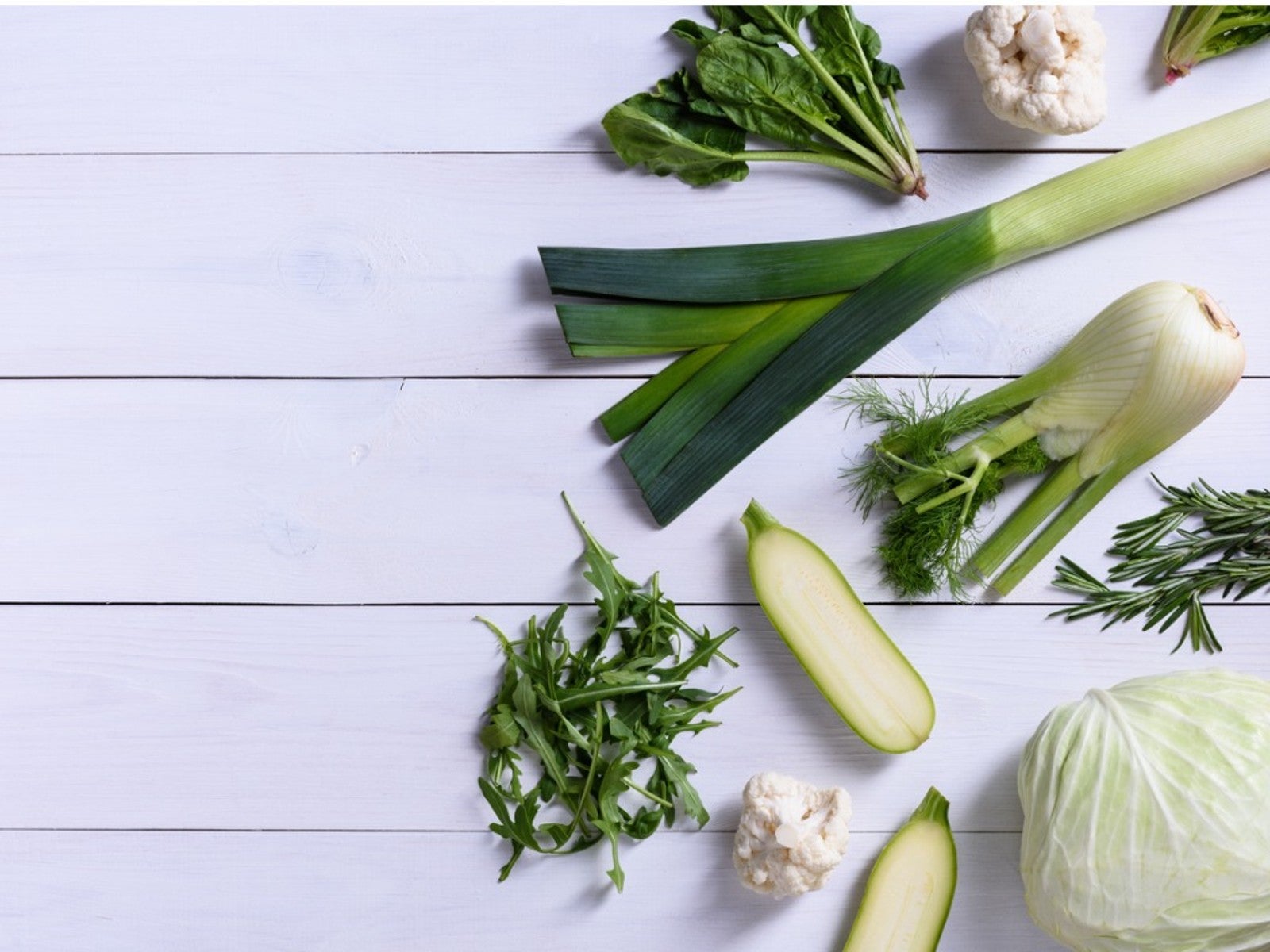 Plants For French Cuisine – Growing French Vegetables In Your Garden
Plants For French Cuisine – Growing French Vegetables In Your GardenA French potager is just a fancy way of saying kitchen garden. Try planting French herbs and vegetables, and in no time you'll be saying bon appétit as you serve your family.
By Bonnie L. Grant
-
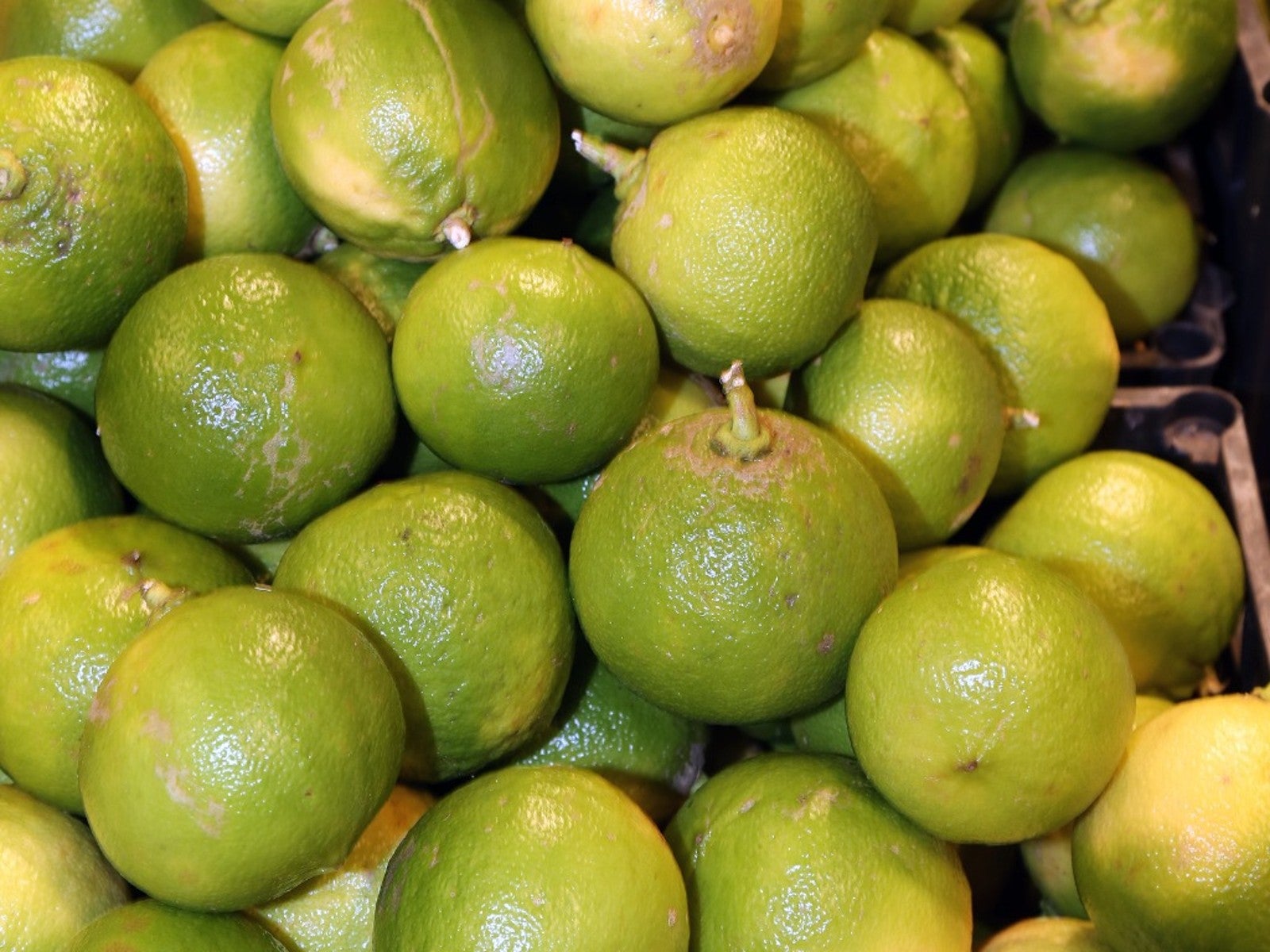 Bergamot Orange Growing Tips – Caring For A Bergamot Orange
Bergamot Orange Growing Tips – Caring For A Bergamot OrangeIf you have ever enjoyed a cup of Earl Grey tea, you know the aroma and flavor of the bergamot orange fruit. Read on for more.
By Mary Ellen Ellis
-
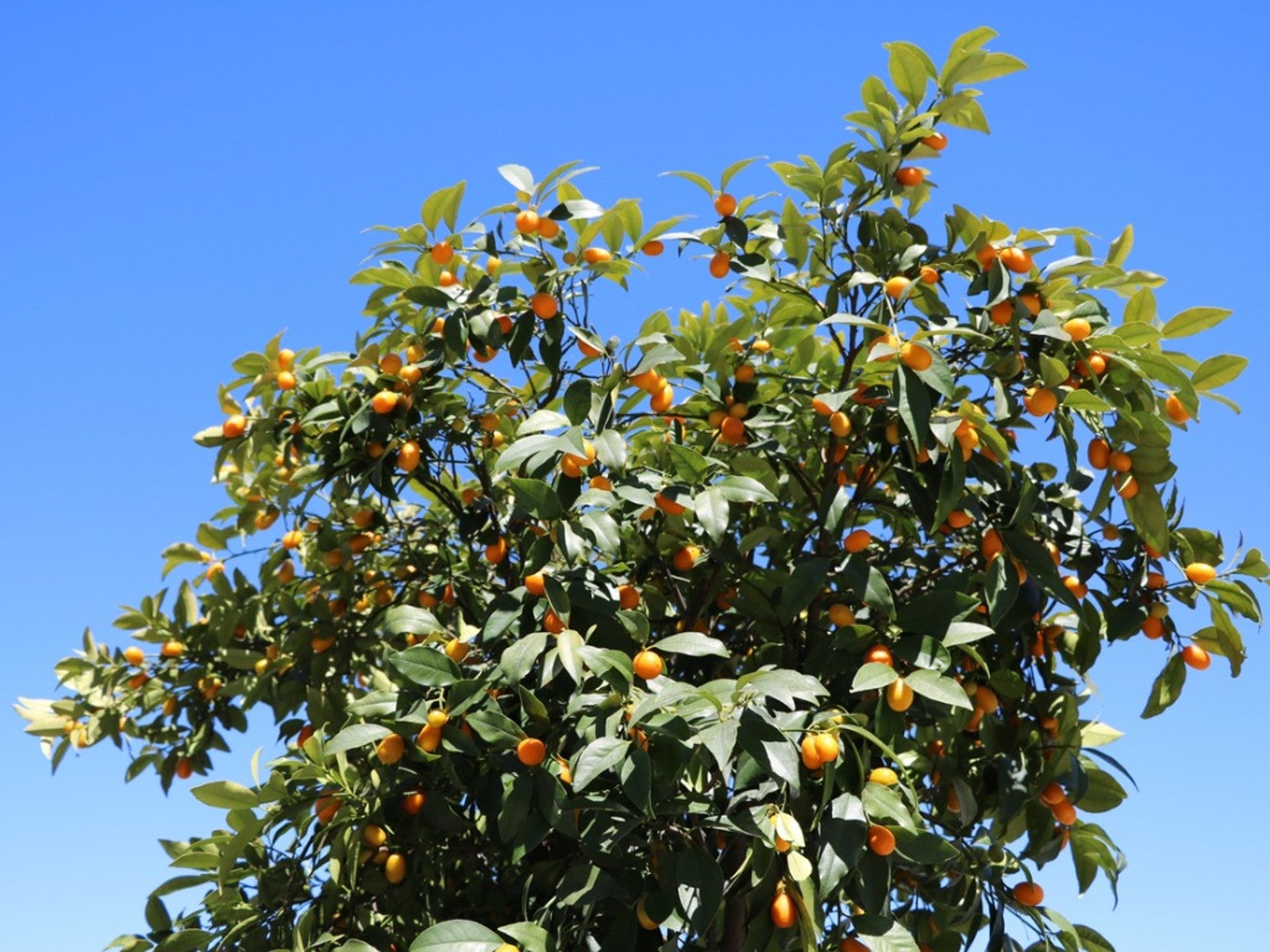 Trovita Dwarf Orange – How To Grow Trovita Orange Trees
Trovita Dwarf Orange – How To Grow Trovita Orange TreesTrovita dwarf orange is an orange tree that can be grown across a wide range of conditions, including indoors. Read on for more.
By Tonya Barnett
-
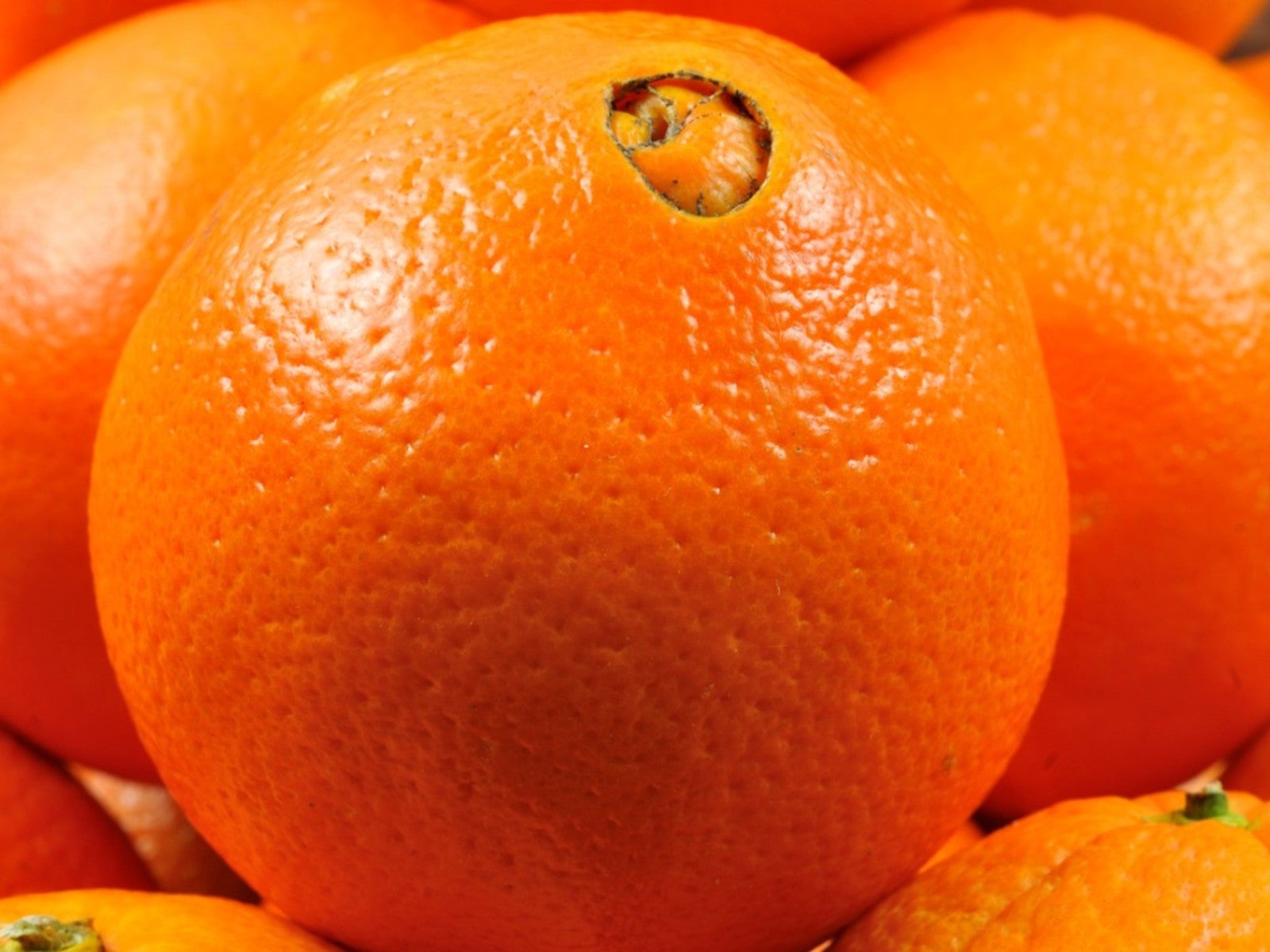 Growing Navel Oranges – Learn About Navel Orange Care
Growing Navel Oranges – Learn About Navel Orange CareSweet, delicious, and easy to peel, navel orange is easy to spot because of the partially formed, belly-button-shaped orange that grows at the bottom end of the fruit.
By Mary H. Dyer
-
 Can You Grow Store Bought Oranges - Planting Grocery Store Orange Seeds
Can You Grow Store Bought Oranges - Planting Grocery Store Orange SeedsAnyone looking for a cool indoor gardening project may want to try growing an orange tree from seeds. Click here to learn how.
By Teo Spengler
-
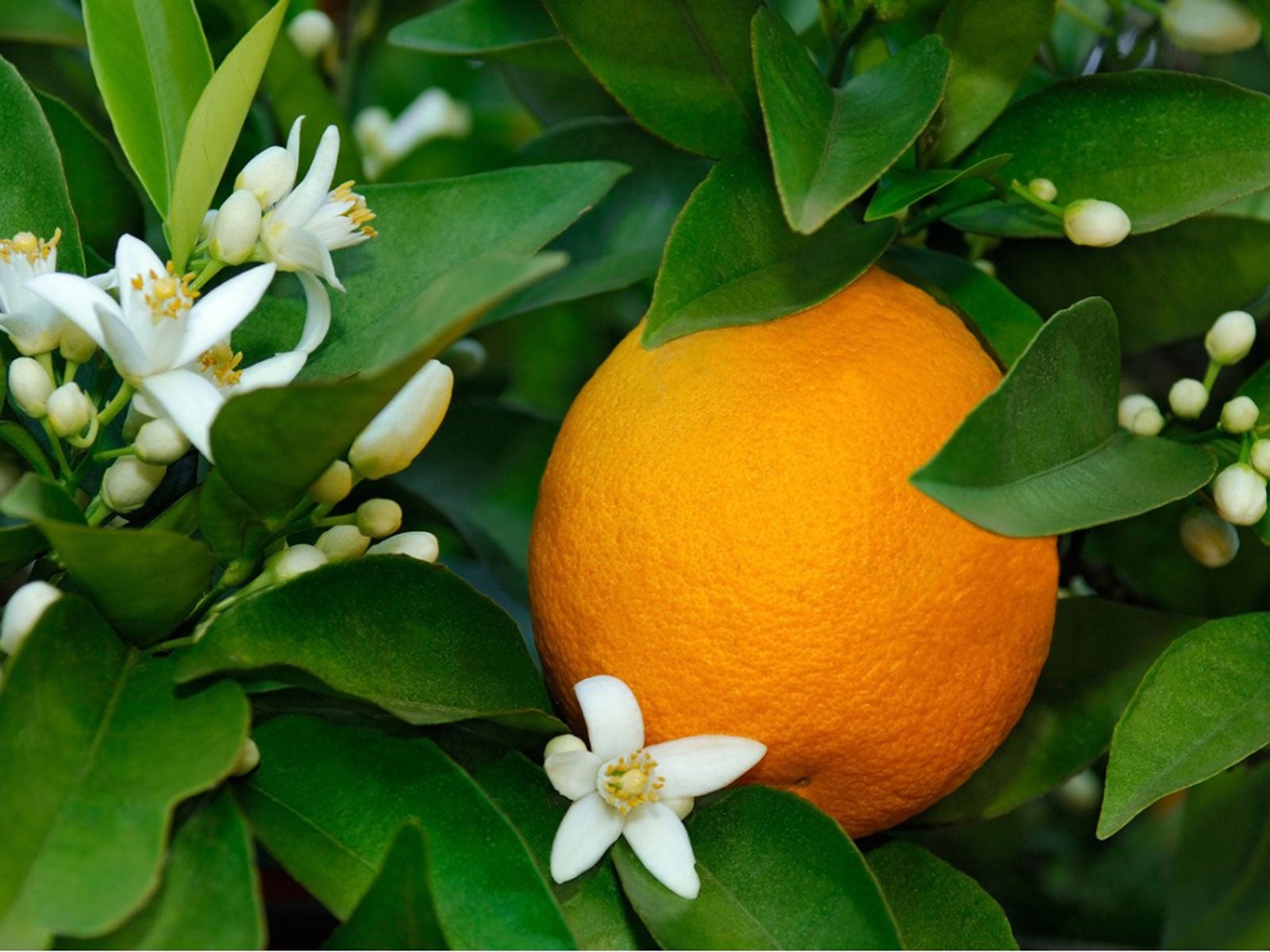 Flowering Orange Harvest: Tree Has Oranges And Flowers At Same Time
Flowering Orange Harvest: Tree Has Oranges And Flowers At Same TimeCan you harvest from a flowering orange tree? Should you allow both waves of fruit crops to come to orange harvest? Find out in this article.
By Teo Spengler
-
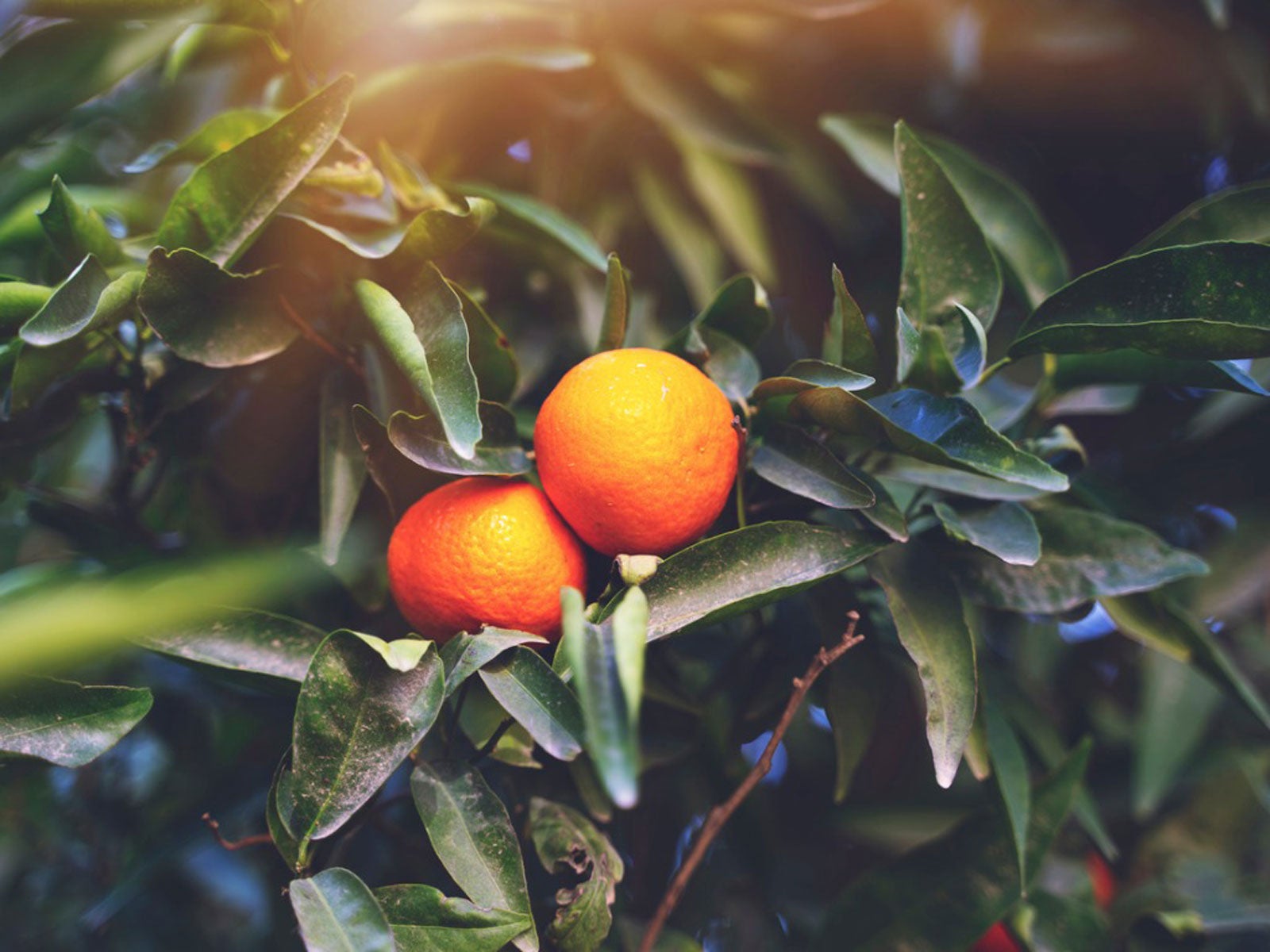 Small Orange Problem – What Causes Small Oranges
Small Orange Problem – What Causes Small OrangesThere are a variety of potential causes for small fruit on orange trees. Click here for an overview of causes of trees with small orange problems.
By Teo Spengler
-
Alternaria Blotch On Orange Trees: Signs Of Alternaria Rot In Oranges
If you have citrus trees in your home orchard, you should learn the basic facts about orange tree alternaria rot. Click the following article for information about alternaria rot in oranges, including tips on how to prevent alternaria blotch.
By Teo Spengler